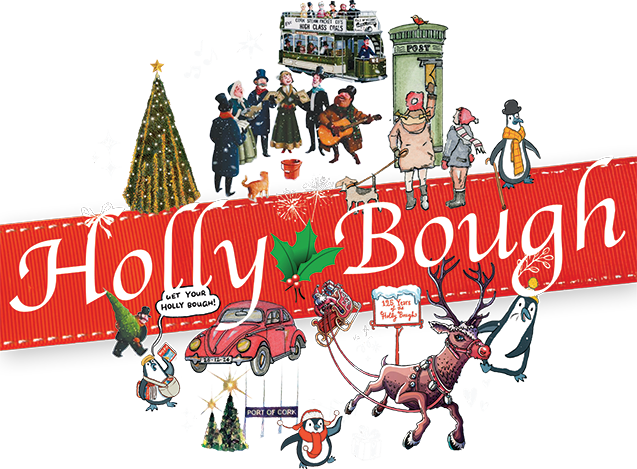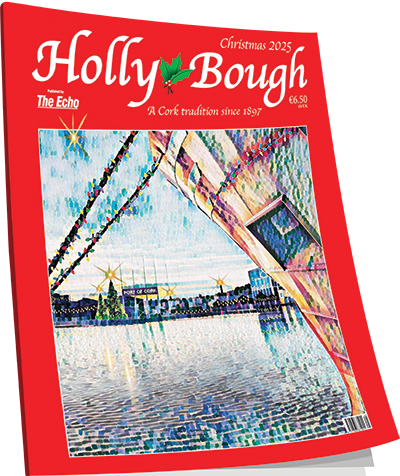Cork hurlers and the All-Stars clocked up the miles on US tour in 1977
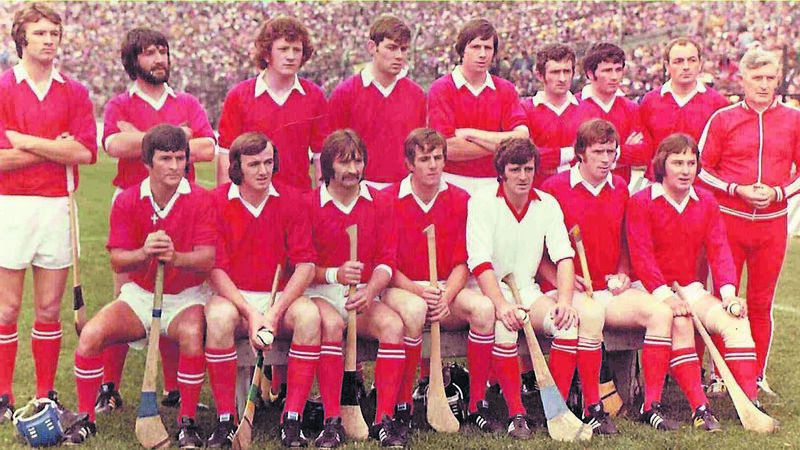
Cork, winners of the 1976 All-Ireland, who then went on the All-Stars American Tour in 1977. Back: JB Murphy, M Malone, J Crowley, P Barry, M Doherty, P Moylan, B Murphy, D Coughlan, Fr B Troy. Front: C McCarthy, B Cummins, G McCarthy, R Cummins, M Coleman, P McDonnell, S O’Leary.
THE 1976 All-Ireland hurling and football champions Cork and Dublin were in the final week of preparations for their 20-day American Tour during which they would play matches against the GAA All-stars in Chicago, Los Angeles, San Francisco and New York.
However, plans were thrown into jeopardy because of incidents prior to the National Football League final between Kerry and Dublin at Croke Park.
After the Artane Band had left the field, a number of banner-waving demonstrators ran on to the pitch calling for support for the Provisional IRA prisoners who were on hunger striker in the Curragh Military Hospital.
Two Dublin players, John McCarthy and Dave Hickey, along with Kerry’s Paidí Ó Sé assisted the gardaí in removing the protesters.
McCarthy and Ó Sé themselves were gardaí. Their actions drew the wrath of various groups in the US, including the Irish National Caucas.
The chairman of the North American Board demanded that Hickey and McCarthy be dropped from the travelling party.
FOREWARNED
While American GAA supremo, John Kerry O’Donnell, threatened: “They are being forewarned if they come here with the tour next week I cannot be responsible for them.”
They were said to be shocked and outraged by photographs of McCarthy and Hickey attacking persons pleading for mercy for the hunger strikers.
McCarthy wasn’t on the tour party anyway as he had signified his intention not to travel earlier in the year. Also, Paidí Ó Sé didn’t make the All-Stars selection so he would be back home in Kerry.
Dublin let it be known that if Hickey was being dropped they would be pulling out of the tour.
Opposition leader Jack Lynch came out in support of the two Dublin players and Ó Sé, stating: “I was at Croke Park and I fully approve the action taken by David Hickey and John McCarthy.”
He continued: “I have the fullest confidence in the leadership of the GAA that they would not allow themselves to be dictated to by any unit of the organisation — politically motivated — or otherwise — especially in a case where the motivation came from the Irish National Caucus in the United States.”
The following day, the GAA, after a meeting of its Central Council, issued the following statement: “We wish to make it clear, that the Central Council is the governing body of the Association in charge of the tour and intends to remain so.
“It will not accept dictation in this or any other circumstances from inside, or outside, the Association.”
While the meeting was in progress a message was received from the Irish National Caucus stating that they had withdrawn their objections to the players.
History was made when 300 people, including players, officials, relatives, and friends, left Shannon on the first-ever Aer Lingus Jumbo aircraft (St Colmcille) to fly into Chicago.
Before departure, there was sad news with the announcement that Cork hurling legend Mattie Touhy had passed away.
The opening game of the tour in the Windy City received favourable media coverage and in his Cork Examiner report Michael Ellard reminded all that the match was being played in a city made famous by the notorious Al Capone where he said streets of Chicago ran red with blood when the son of a Sicilian emigrant assumed gun-toting control.
“Not too far from the precinct where Capone organised his reign of terror, the floodlights will be switched on in the plush Hansom Stadium to focus on a different red,” Ellard wrote.

The state-of-the-art new 100-yard floodlit astroturf pitch cost the Department of Education a cool $1.5m (pricey for 1977). However, apparently, it posed problems for some of the players — too short, like playing on Tintawn, hard on the feet, difficult to turn on it, ball bounced too high and it presented real problems for the fast-lift — were some of the drawbacks echoed by the participants. Despite all that, it was a lively, entertaining, and always interesting game with Cork just about holding on for a deserving 5-7 to 3-10 victory.
After the match which commenced at 7.15pm (Irish time) the teams attended a lavish dinner which ended after the witching hour, then dashing off for 40 winks before journeying to the airport to catch the 7.15am Saturday flight to Los Angeles.
Cork were comprehensively beaten 2-15 to 1-7 on the Notre Dame High School ground which was again on the short side.
Having played well in the opening half they capitulated after the break in the 78-degree heat and trailed the All-Stars by eight points on aggregate.
An attendance of over 5,000 guaranteed that the hosts would be able to meet their financial requirements, in this case a $12,000 payment to the Central Council to help defray the expenses of the official party.
All the players and officials also had to be accommodated in private homes with about 60 families. some were staying with hosts 70 miles apart spread from places such as Orange County to Santa Monica and Ventura.
The pressmen shacked up in the luxurious Roosevelt Hotel in Hollywood.
It took amazing hard work to organise the Los Angeles part of the tour and lavish tributes were paid to Mrs Mary Foley for her Herculean efforts in bringing it all to fruition.
Incidentally, Mary was a sister-in-law of the very popular Dublin referee Clem Foley whom you might remember was assaulted after the New York v Cork NHL final in Gaelic Park in 1970.
Cork secretary Frank Murphy said they were disappointed that some of the players did not put in the required effort and warned them that there would have to be an improvement in San Francisco.
Cork star Tom Creedon, a member of the football All-Stars, missed the flight from Chicago and had to pay his own fare ($150), but the Cork hurlers and his All-Star colleagues chipped in to cover the cost.
With seven days between the Los Angeles and San Francisco matches, the party had a nice break and plenty of time to explore the sights.
Cork, much to Frank’s delight, showed great improvement and won 2-17 to 1-15 at the Bilbao Stadium. When they left for New York, Jimmy Barry Murphy, having received permission, remained in San Francisco.
Jim O'Sullivan in his US Tour Diary on the Cork Examiner expressed some sympathy for the players when writing: “It is now no exaggeration to say that the players are now so exhausted that they would not have objected if the plane had continued on to Shannon.
SLEEP
“They have had to contend with the loss of a night’s sleep and face another night flight on the final leg of the journey home.”
For the deciding game of the series many of the Cork players were back on familiar territory at Gaelic Park where they last played in 1970 in the National Hurling League final; a fiery, ugly tempestuous affair which resulted in the discontinuation of finals involving New York and the Home winners.
The temperatures were well up in the 70s and a crowd of over 7,000 saw some fine hurling in, what were for Gaelic Park, superb conditions.
Cork, like the sun, shone brightest in the opening half. After the interval, the All-Stars wrestled control in midfield where the Rebels had been dominant and eased away to a comprehensive 4-12 to 2-7 victory (10-51 to 10-38 on aggregate over the four games) to take possession of the PJ Carroll & Co Trophy.
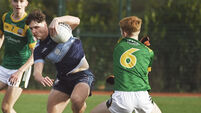
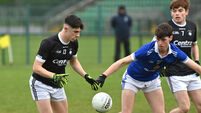
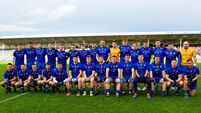
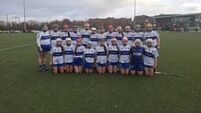
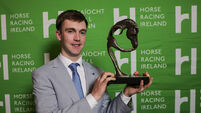
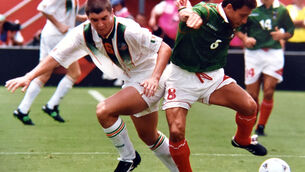

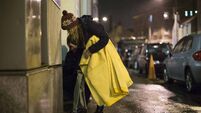
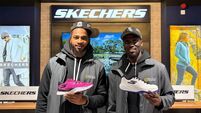
 App?
App?






